I have built a Slayer exciter using a 2N2222, with a 22 kΩ resistor, as well as the other needed components. (4 turns primary, 475 secondary.)
It works fine with a 2N2222, but I was wondering if it could work with a MJE3055T or a TIP31C.
I’ve tried exchanging the 2N2222 with these two, in the same spot. All that happens is that no power is drawn until a voltage around 9-10 V is given to it. Then it dramatically increases the amount of power going into it, but it is just heating up the transistor.
I’ve tried a variety of different resistances and numbers of primary windings. I’ve also flipped the polarity of the primary windings.
Is there something I’m overlooking?




